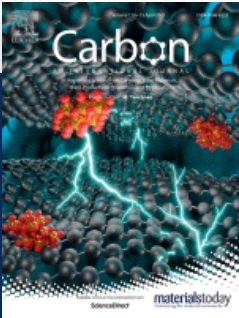Facile electrochemical graphite oxidation and functionalization with a selected array of amine moieties are carried out. The electrochemical oxidation offers the ability to preserve graphite morphological characteristics as intact adjacent surfaces yield collective van der Waals interactions. The different amine moieties are used to tether adjacent layers within graphite oxide (GO) to produce rigid framework materials. This interconnectedness is of utmost necessity for the structures to withstand cyclability in adsorptive and electronic applications. Utilizing well-ordered electrochemically-derived graphite oxide could be advantageous for the development of large-flake-size intact graphite oxide frameworks compared to inherently defective chemically-derived graphite oxide. The produced materials are extensively characterized to understand the extent, nature, and chemistry of the amine functionalization within GO domains. A balanced aromaticity in the intercalating amine species is found favorable in order to achieve a homogeneous distribution throughout graphite flakes while enhancing the interlayer spacing. Herein, notably by applying HR-TEM methods, turbostratic domains are successfully resolved in frameworks with relatively high nitrogen abundance and obtained results corroborate with 13C MAS NMR findings plausibly. The tethering mechanism induces layers rotation/twisting, giving rise to pronounced Moiré patterns. The enhanced interlayer spacing in the frameworks makes them promising candidates for storage and electronic applications.

